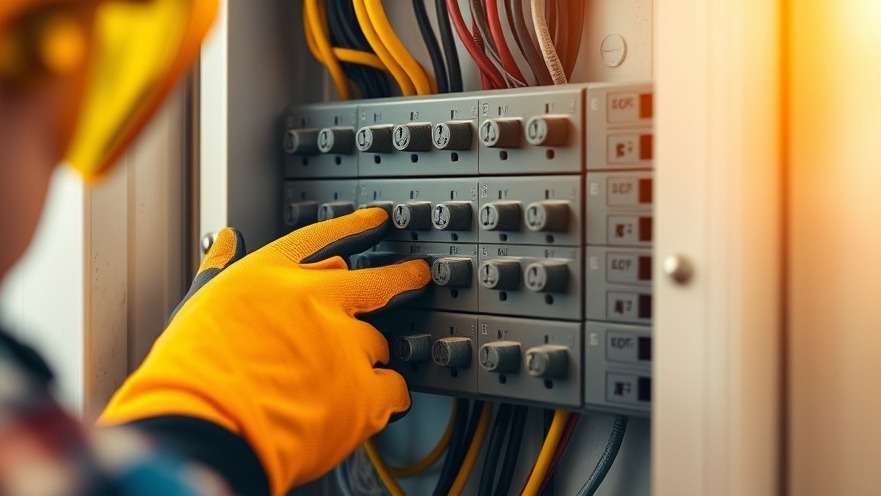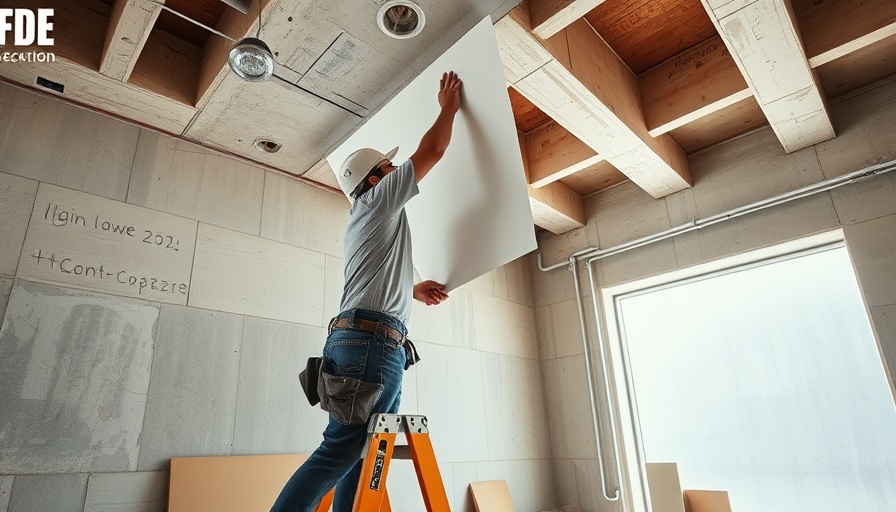
Understanding Circuit Capacity: Safety First!
For homeowners and DIY enthusiasts, knowing how many outlets you can have on a 20-amp circuit is crucial for both safety and functionality. According to the National Electrical Code (NEC), a 20-amp circuit can support up to 10 outlets when adhering to the 80% load rule, which caps the load at 1,920 watts for safe operation. This translates to a maximum of 10 outlets, each drawing 1.5 amps or 180 watts.
The Importance of Load Assessment
However, it’s important to remember that not all outlets are created equal. The actual load on your circuit will depend significantly on what devices you plug in. For example, powering multiple high-demand appliances like hairdryers or space heaters could easily exceed the safe operating limits, leading to potential overloads or fire risks. In contrast, using outlets for low-draw devices, such as lamps or chargers, is generally much safer. This balance is key as you plan your space, whether it’s a cozy renovation of a home office or upgrading a workshop.
Steps for Safe Circuit Management
To ensure a safe circuit environment, follow these steps:
Calculate your total power load by assessing the wattage of devices you intend to use.
Factor in the 80% safety rule by limiting the total wattage to no more than 1,920 watts on a 20-amp circuit.
Consider consulting an electrician when planning extensive installations or if there’s any uncertainty about the electrical load. An expert can recommend the right outlets and circuit configurations tailored to your needs.
By following these guidelines, you can enhance safety while maximizing the utility of your outlets in any electrical project.
Noteworthy Trends in Home Electricals
As you plan your remodel or DIY project, keep in mind the growing trend towards smart home devices. These gadgets typically carry higher power demands, changing the dynamics of circuit usage. Ensuring your circuit can handle this new technology will not only future-proof your electrical systems but will also enhance overall home safety and efficiency.
For more insights and a deeper understanding of how to effectively manage your home circuits, consider reaching out to local electrical experts who can provide personalized advice.
 Add Row
Add Row  Add
Add 




Write A Comment